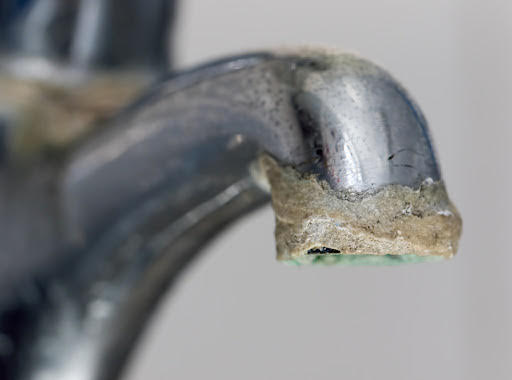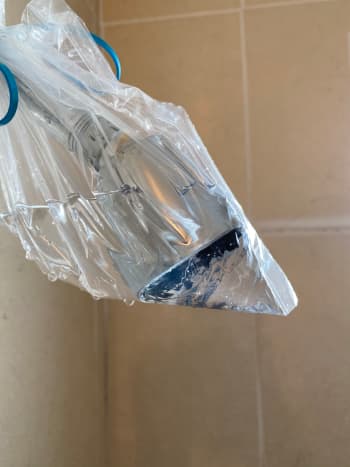How to Remove and Prevent Limescale in Your Home
Sunday, June 27th, 2021
Do your plumbing fixtures seem like they need cleaning all too often? If you’re finding a white or green chalky coating on your faucets and shower heads, you may have a problem with limescale — mineral-rich deposits that look unsightly and wreak havoc on your pipes and fixtures from the inside out.
Causes of Limescale
The limescale you see in and on your household plumbing fixtures is a natural byproduct of clean water with an above-average concentration of minerals like calcium, magnesium and iron. This type of water is commonly known as hard water.
Hard water is safe to drink and shower with, but there are a number of reasons you might not want to. The mineral deposits tend to give the water an unpleasant taste, and hard water makes it more difficult to lather and rinse away soap. That means your skin may get dry and itchy from bathing in it, your clothes may be dingy and scratchy after going through the laundry and your dishes may have water spots.
And that’s not to mention the hard-to-clean buildup on your faucets, shower heads and around pipe joints. Left unchecked, this buildup can cause stubborn clogs.

Dissolving Your Problem
The mineral content in this buildup makes it resilient, and you’ll have a hard time scrubbing it away with just a wet rag. The preferred way to clean limescale is to weaken and dissolve it using a mild acidic solution.
Common household vinegar is extremely effective for this task. If you can remove your affected shower heads, faucets and other fixtures, submerge them in a bucket of vinegar for at least an hour. When you pull them out, any remaining limescale should flake right off after a vigorous scrubbing with an old toothbrush. This is the ideal method because it allows you to dissolve limescale inside and out.
When removal of your fixtures is difficult or impossible, you may need to get creative to let the vinegar do its work. Try pouring some vinegar in a plastic bag and wrapping it around your faucets or shower heads, securing it at the top with rubber bands or a zip-tie. For exposed pipes with limescale around its joints, wrap a vinegar-soaked rag around the affected area and secure it with string.
If vinegar isn’t getting the job done, you can always step up to a chemical cleaning solution — just be sure to look for one formulated specifically for calcium, lime and rust. Keep in mind that these solutions aren’t as gentle as household vinegar, so you’ll want to avoid exposure to your skin and use caution when using it to clean fixtures that have metallic or delicate finishes.

An Ounce of Prevention
If limescale is a consistent problem in your home, it’s time to consider a water softening system. These systems mix sodium-based solutions into your incoming water supply to counteract the damaging effects of mineral buildup. That’s not just good news for your pipes and appliances, it also means healthier skin and cleaner clothes and dishes.
If you’re having issues with limescale build-up in your home, contact us today and we’ll be happy to help!
Share this post:
on Facebook
Latest posts by DeWARPlumbers221
(see all)
Deprecated: File Theme without comments.php is
deprecated since version 3.0.0 with no alternative available. Please include a comments.php template in your theme. in
/var/www/vhosts/dewarplumbers.ie/httpdocs/wp-includes/functions.php on line
6085




